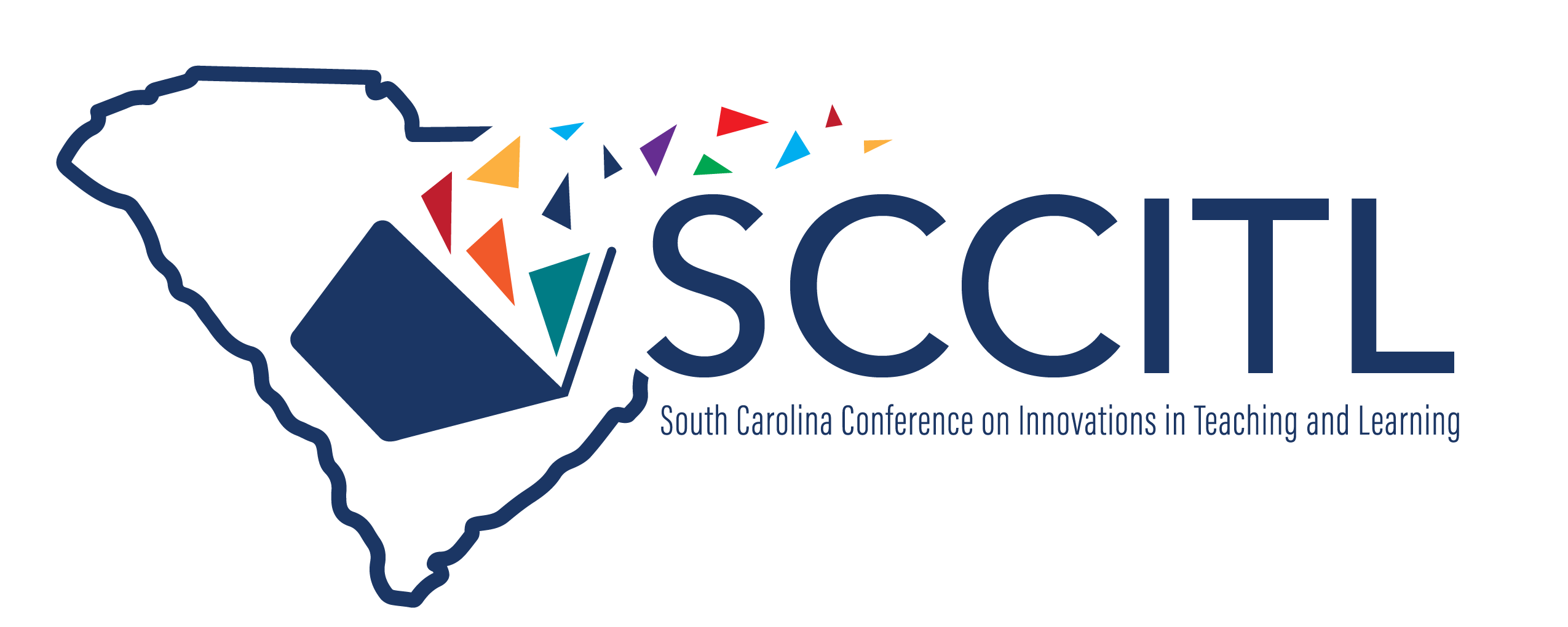Turning hands-on labs hyflex: landscape studies through virtual reality and field experiences
Track Choices
Engaging Pedagogy
Abstract
Earth and environmental sciences are traditionally taught with multiple opportunities for field-based learning, which does not easily transfer to online, hybrid or hyflex teaching. Virtual reality can be used as a means of engaging students in the natural world and promote real world application of concepts through experiential learning. Many virtual reality techniques are expensive and difficult to use, but Google provides a variety of applications that are free, easy to use and accessible from most devices with an internet connection, which make them relatively equitable tools. Google Earth is particularly well suited to studying landscapes and Earth surface processes in non-immersive virtual reality. This presentation will describe the use of Google Earth to teach Earth surface processes, including weathering, erosion and landscape development to promote student engagement in studying the natural world through an online lab and hyflex field experience. These experiences provide the students with creative freedom, the ability to apply concepts to the real world and measurably improve retention of knowledge.
Turning hands-on labs hyflex: landscape studies through virtual reality and field experiences
Zoom Room 2
Earth and environmental sciences are traditionally taught with multiple opportunities for field-based learning, which does not easily transfer to online, hybrid or hyflex teaching. Virtual reality can be used as a means of engaging students in the natural world and promote real world application of concepts through experiential learning. Many virtual reality techniques are expensive and difficult to use, but Google provides a variety of applications that are free, easy to use and accessible from most devices with an internet connection, which make them relatively equitable tools. Google Earth is particularly well suited to studying landscapes and Earth surface processes in non-immersive virtual reality. This presentation will describe the use of Google Earth to teach Earth surface processes, including weathering, erosion and landscape development to promote student engagement in studying the natural world through an online lab and hyflex field experience. These experiences provide the students with creative freedom, the ability to apply concepts to the real world and measurably improve retention of knowledge.


